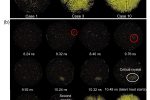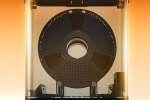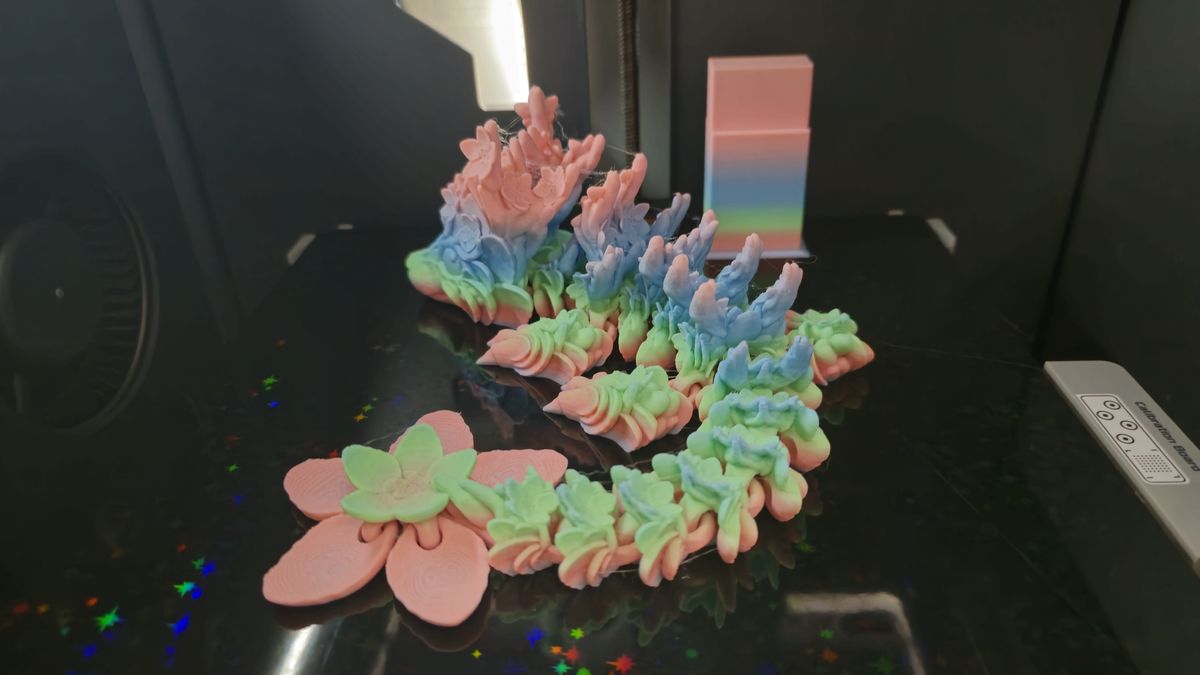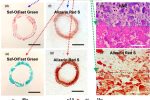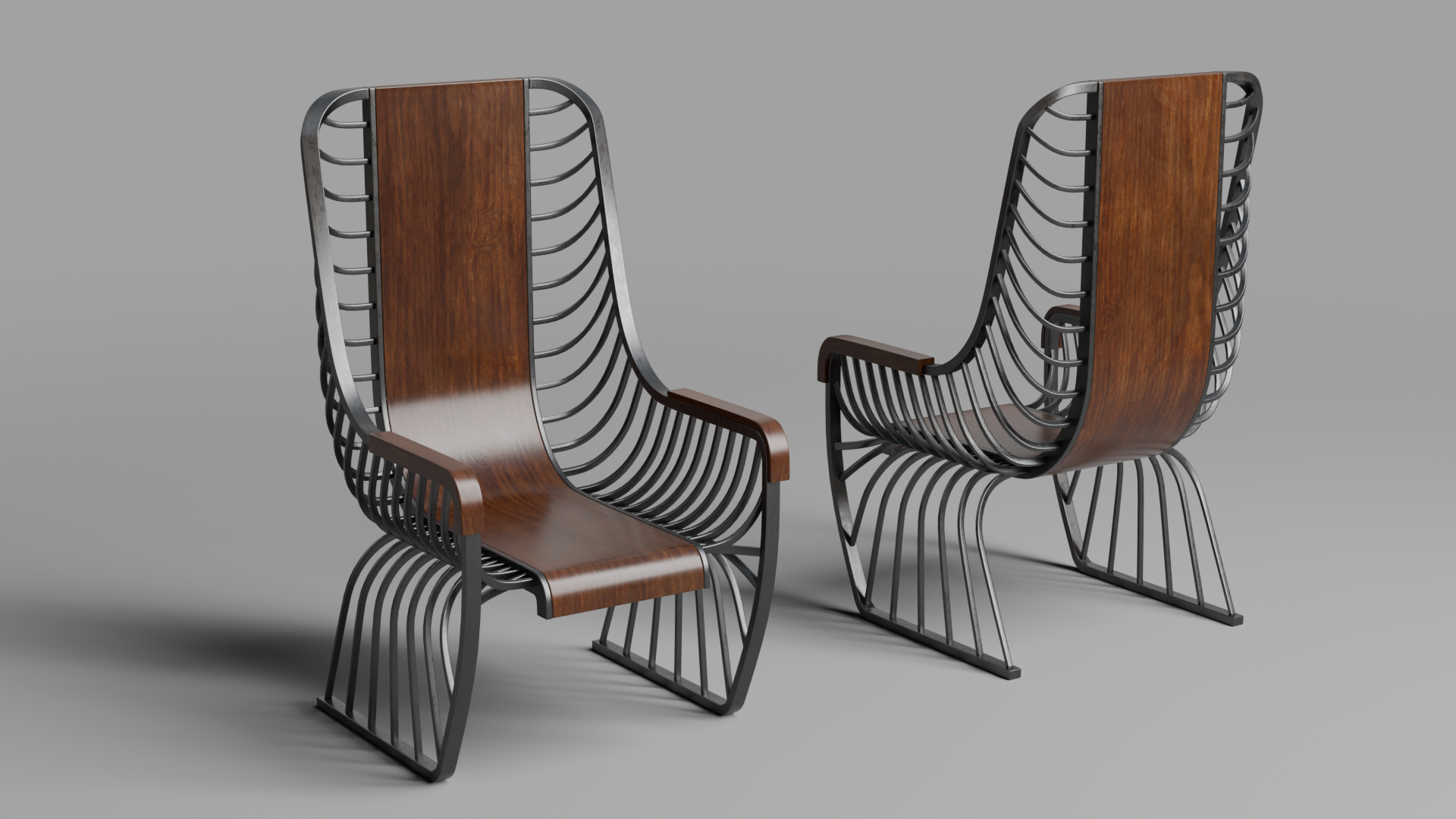Researchers simulate single-crystal silicon formation during laser additive manufacturing
A research team at the University of Arkansas has demonstrated that molecular dynamicssimulations can reveal key mechanisms behind silicon nanoparticle crystallization during laser-induced forward transferprinting. The findings are detailed in a non-peer-reviewed preprint available on arXiv, where the authors show how nanoparticle size and cooling rate affect the ability of silicon to solidify into single-crystalline structures during flight, a development with potential implications for additive manufacturing of optoelectronic materials.
Molecular-level insight into LIFT printing
Laser-induced forward transferis a promising technique for direct-write micro- and nanoscale printing of functional materials. Unlike conventional additive manufacturing processes that build parts layer by layer, LIFT uses a pulsed laser to eject material droplets from a donor film, enabling high-resolution patterning of metals, polymers, and semiconductors.
While LIFT has been applied to amorphous silicon printing, the atomic-level dynamics of silicon crystallization during droplet flight remain poorly understood. To address this, researchers Youwen Liang and Wan Shou used MD simulations to analyze how size and thermal conditions influence silicon nanoparticle behavior during solidification.
Simulated crystallization of silicon nanoparticles during LIFT printing. Image via Liang & Shou.
Size and cooling rate determine crystal structure
The simulations revealed a strong correlation between nanoparticle diameter and crystallization potential. Particles smaller than 4 nm failed to crystallize, even under slow cooling conditions, while larger particlesexhibited latent heat release and structural ordering, key signatures of crystallization.
The study also found that slow cooling rates are essential to promote crystallization. At higher cooling rates, supercooling effects dominated, resulting in amorphous structures. Under controlled thermal conditions, the researchers observed the formation of single-crystal-like silicon nanoparticles, with nucleation beginning just beneath the particle’s surface.
The authors suggest that single-crystal formation in-flight is achievable, provided that droplet size and cooling rate are carefully controlled, a finding that may inform future single-crystal silicon additive manufacturing.Crystallization begins beneath the surface
A key finding is that crystallization rarely initiates at the particle surface. Instead, nucleation typically begins ~5 Å beneath the outer layer, within what the researchers describe as a structurally distinct sub-surface region. These early nuclei then migrate toward the particle center, where crystal growth accelerates. Simulations also showed that surface atoms remain more mobile and disordered, even at low temperatures.
Using bond order parameters, radial distribution functions, coordination numbers, and mean square displacement, the researchers tracked the atomic structure evolution throughout solidification.
Comparison of atomic structures from MD simulations. Image via Liang & Shou.
Towards single-crystal 3D printing
The ability to predict and control crystallization at the nanoscale opens new possibilities for high-performance printed electronics, where grain boundaries can reduce efficiency and durability. By adjusting droplet size and cooling profiles, LIFT could eventually enable on-demand printing of single-crystal semiconductors, bypassing traditional lithography or epitaxy methods.
While the current results are based on simulations, they provide a foundational framework for experimental validation and future process optimization in nanoscale additive manufacturing.Crystallization Control in Additive Manufacturing
Achieving precise control over crystallization during additive manufacturing is pivotal for enhancing material properties and performance. In polymer-based 3D printing, researchers from the Air Force Research Laboratory, Cornell University, and Boeing have successfully mapped the crystallization process of polyduring fused filament fabrication. Utilizing synchrotron-based microbeam wide-angle X-ray scattering, they provided a detailed 2D map of PEEK crystallization process in the initial seconds post-extrusion. This study revealed that higher print bed temperatures delay the onset of crystallization but result in a higher final degree of crystallinity, thereby enhancing the mechanical properties of the printed parts.
In metal additive manufacturing, researchers in Japan demonstrated the fabrication of single-crystal nickel using selective laser melting. By optimizing laser parameters and using a flat-top beam profile, they achieved homogenous, single-crystal structures without a pre-existing seed, a breakthrough with potential for high-temperature aerospace components such as turbine blades.These studies highlight the central role of thermal management and process design in crystallization control. The current MD simulation of silicon nanoparticle solidification during LIFT builds upon this foundation, offering atomic-level insights into nucleation and growth. Such fundamental understanding is essential to push the boundaries of precision-engineered, crystallinity-controlled 3D printed materials.
Subscribe to the 3D Printing Industry newsletter to keep up with the latest 3D printing news.
You can also follow us onLinkedIn and subscribe to the 3D Printing Industry YouTube channel to access more exclusive content. At 3DPI, our mission is to deliver high-quality journalism, technical insight, and industry intelligence to professionals across the AM ecosystem.
Help us shape the future of 3D printing industry news with our2025 reader survey.
Feature Image shows comparison of atomic structures from MD simulations. Image via Liang & Shou.
#researchers #simulate #singlecrystal #silicon #formation
Researchers simulate single-crystal silicon formation during laser additive manufacturing
A research team at the University of Arkansas has demonstrated that molecular dynamicssimulations can reveal key mechanisms behind silicon nanoparticle crystallization during laser-induced forward transferprinting. The findings are detailed in a non-peer-reviewed preprint available on arXiv, where the authors show how nanoparticle size and cooling rate affect the ability of silicon to solidify into single-crystalline structures during flight, a development with potential implications for additive manufacturing of optoelectronic materials.
Molecular-level insight into LIFT printing
Laser-induced forward transferis a promising technique for direct-write micro- and nanoscale printing of functional materials. Unlike conventional additive manufacturing processes that build parts layer by layer, LIFT uses a pulsed laser to eject material droplets from a donor film, enabling high-resolution patterning of metals, polymers, and semiconductors.
While LIFT has been applied to amorphous silicon printing, the atomic-level dynamics of silicon crystallization during droplet flight remain poorly understood. To address this, researchers Youwen Liang and Wan Shou used MD simulations to analyze how size and thermal conditions influence silicon nanoparticle behavior during solidification.
Simulated crystallization of silicon nanoparticles during LIFT printing. Image via Liang & Shou.
Size and cooling rate determine crystal structure
The simulations revealed a strong correlation between nanoparticle diameter and crystallization potential. Particles smaller than 4 nm failed to crystallize, even under slow cooling conditions, while larger particlesexhibited latent heat release and structural ordering, key signatures of crystallization.
The study also found that slow cooling rates are essential to promote crystallization. At higher cooling rates, supercooling effects dominated, resulting in amorphous structures. Under controlled thermal conditions, the researchers observed the formation of single-crystal-like silicon nanoparticles, with nucleation beginning just beneath the particle’s surface.
The authors suggest that single-crystal formation in-flight is achievable, provided that droplet size and cooling rate are carefully controlled, a finding that may inform future single-crystal silicon additive manufacturing.Crystallization begins beneath the surface
A key finding is that crystallization rarely initiates at the particle surface. Instead, nucleation typically begins ~5 Å beneath the outer layer, within what the researchers describe as a structurally distinct sub-surface region. These early nuclei then migrate toward the particle center, where crystal growth accelerates. Simulations also showed that surface atoms remain more mobile and disordered, even at low temperatures.
Using bond order parameters, radial distribution functions, coordination numbers, and mean square displacement, the researchers tracked the atomic structure evolution throughout solidification.
Comparison of atomic structures from MD simulations. Image via Liang & Shou.
Towards single-crystal 3D printing
The ability to predict and control crystallization at the nanoscale opens new possibilities for high-performance printed electronics, where grain boundaries can reduce efficiency and durability. By adjusting droplet size and cooling profiles, LIFT could eventually enable on-demand printing of single-crystal semiconductors, bypassing traditional lithography or epitaxy methods.
While the current results are based on simulations, they provide a foundational framework for experimental validation and future process optimization in nanoscale additive manufacturing.Crystallization Control in Additive Manufacturing
Achieving precise control over crystallization during additive manufacturing is pivotal for enhancing material properties and performance. In polymer-based 3D printing, researchers from the Air Force Research Laboratory, Cornell University, and Boeing have successfully mapped the crystallization process of polyduring fused filament fabrication. Utilizing synchrotron-based microbeam wide-angle X-ray scattering, they provided a detailed 2D map of PEEK crystallization process in the initial seconds post-extrusion. This study revealed that higher print bed temperatures delay the onset of crystallization but result in a higher final degree of crystallinity, thereby enhancing the mechanical properties of the printed parts.
In metal additive manufacturing, researchers in Japan demonstrated the fabrication of single-crystal nickel using selective laser melting. By optimizing laser parameters and using a flat-top beam profile, they achieved homogenous, single-crystal structures without a pre-existing seed, a breakthrough with potential for high-temperature aerospace components such as turbine blades.These studies highlight the central role of thermal management and process design in crystallization control. The current MD simulation of silicon nanoparticle solidification during LIFT builds upon this foundation, offering atomic-level insights into nucleation and growth. Such fundamental understanding is essential to push the boundaries of precision-engineered, crystallinity-controlled 3D printed materials.
Subscribe to the 3D Printing Industry newsletter to keep up with the latest 3D printing news.
You can also follow us onLinkedIn and subscribe to the 3D Printing Industry YouTube channel to access more exclusive content. At 3DPI, our mission is to deliver high-quality journalism, technical insight, and industry intelligence to professionals across the AM ecosystem.
Help us shape the future of 3D printing industry news with our2025 reader survey.
Feature Image shows comparison of atomic structures from MD simulations. Image via Liang & Shou.
#researchers #simulate #singlecrystal #silicon #formation
·101 مشاهدة

